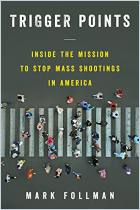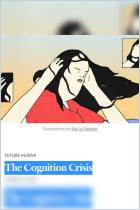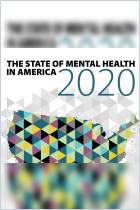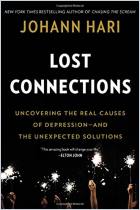
Forestalling a Fatal Decision
Social scientists have begun to close in on new ways to stop people from taking their own lives
Recommendation
For a new generation of researchers in suicide prevention, the motto is “Ask the question.” Only if suicide is talked about openly can it be prevented. Spurred on by rising rates of suicide over the last 20 years, researchers are testing both low- and high-tech methods to accurately identify people at risk and offer them treatment that promises long-term results. Science writer Lydia Denworth presents a tentatively optimistic outlook on reaching the ambitious goal that the National Action Alliance for Suicide Prevention has set: To reduce the suicide rate by 20% by 2025. This article will be of interest to anyone keen to understand the positive developments in an otherwise very bleak picture.
Summary
About the Author
Lydia Denworth is a Brooklyn, N.Y. based science writer, a contributing editor for Scientific American, and author of Friendship: The Evolution, Biology, and Extraordinary Power of Life’s Fundamental Bond.




















Comment on this summary or Start Discussion